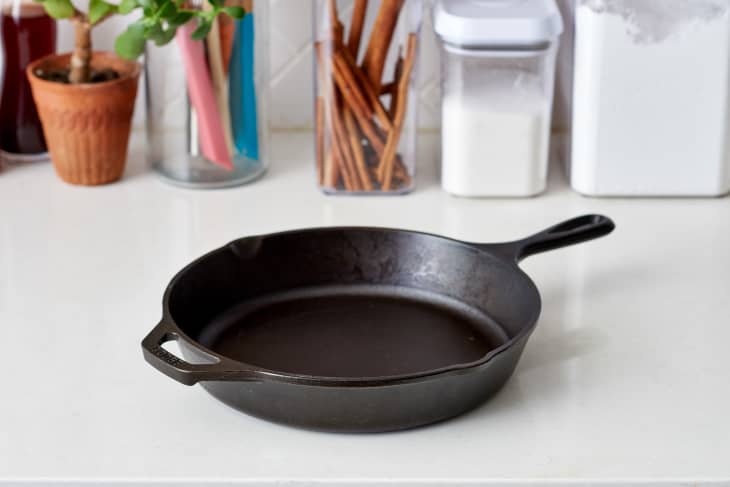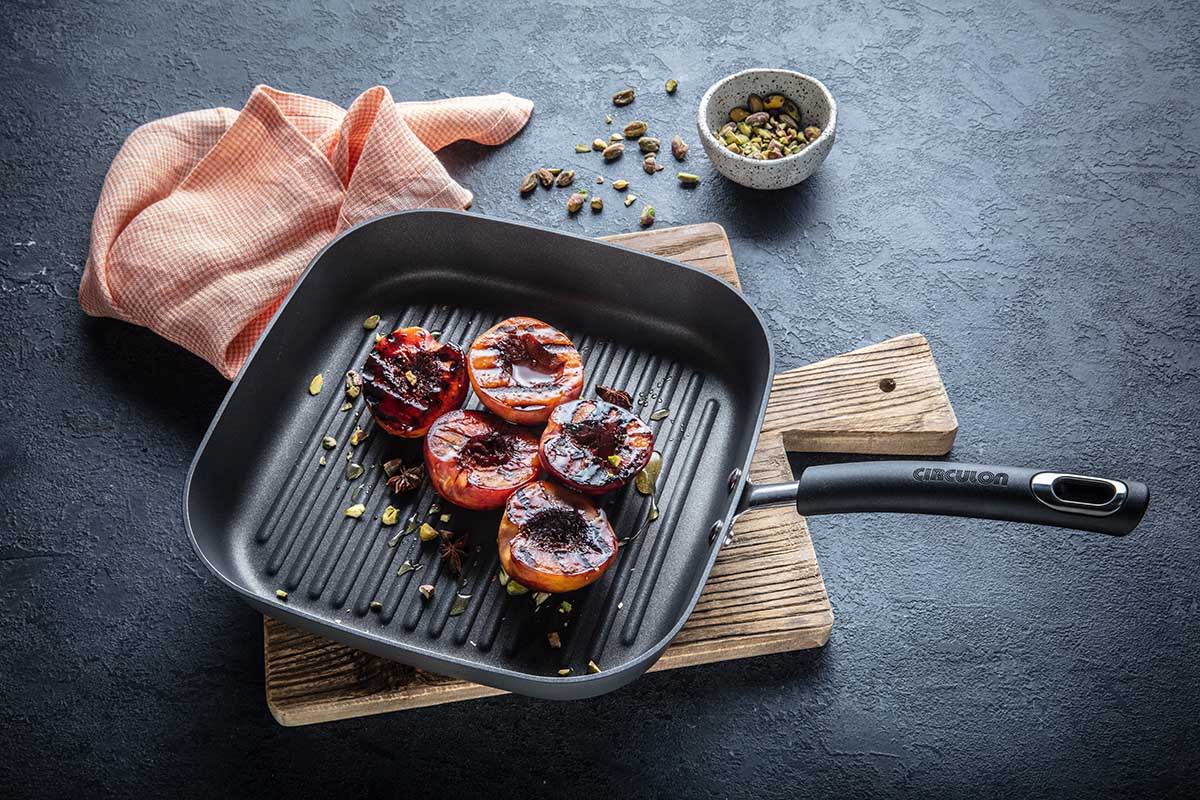When it comes to maintaining your kitchen arsenal, learning how to season a cast iron skillet with vegetable oil is an essential skill for every chef. A well-seasoned cast iron skillet is not only a joy to cook with but also a valuable investment for any kitchen professional. Proper seasoning helps create a non-stick surface and prevents rusting, turning an ordinary skillet into a culinary powerhouse.
Many kitchen professionals swear by the effectiveness of vegetable oil due to its high smoking point and affordability. In this article, we will delve into the intricacies of the seasoning process, share valuable tips, and explore common mistakes to avoid.
:max_bytes(150000):strip_icc()/1-TheSpruce_CamrynRabideau1-c5e33b19b848450c903729034e6e4949.jpg)
The Importance of Seasoning
Understanding the significance of seasoning is paramount for anyone who uses cast iron cookware. Seasoning is what protects your skillet from moisture and acidity, allowing you to cook with various ingredients without the fear of rust or food sticking. Additionally, a properly seasoned skillet can enhance flavor, leading to superior culinary results.
Choosing the Right Vegetable Oil
When choosing the right oil for seasoning, it's essential to consider both the flavor and smoke point. While there are numerous oils available, not all are suited for the job. Here are the best options:
- Canola Oil: An excellent all-purpose choice due to its high smoke point.
- Grapeseed Oil: Known for its light flavor and high smoke point, making it perfect for seasoning.
- Flaxseed Oil: While it is more expensive, it creates a robust seasoning layer.
- Vegetable Oil: A cost-effective option that works well for most chefs.
Steps to Season Your Skillet
Now that we've established the importance of proper seasoning and identified the best oils, lets break down the steps on how to season a cast iron skillet with vegetable oil.
- Clean the Skillet: Start by scrubbing the skillet with warm soapy water and a stiff brush. It's crucial to get rid of any old seasoning, rust, or food residues for a fresh start.
- Dry Thoroughly: After cleaning, ensure the skillet is entirely dry. You can place it on low heat for a few minutes to evaporate any residual moisture.
- Apply Vegetable Oil: Pour a small amount of vegetable oil into the skillet. Using a paper towel or cloth, spread a thin, even layer over the entire surface, including the handle and bottom.
- Remove Excess Oil: It is important not to saturate the skillet. Wipe off any excess oil so that only a thin coat remains.
- Bake the Skillet: Preheat your oven to 450F (232C). Place the skillet upside down on the middle rack of the oven with a baking sheet on the bottom rack to catch any drips. Bake for 1 hour.
- Cool Down: Once the timer goes off, turn off the oven and let the skillet cool down inside the oven. This slow cooling process helps solidify the oil and improve durability.
Common Mistakes to Avoid
Kitchen professionals often make mistakes during the seasoning process that can lead to unsatisfactory results. Here are some pitfalls to avoid:
- Skipping the Cleaning: Never skip the initial cleaning phase. Starting with a dirty skillet will ruin the seasoning.
- Using Too Much Oil: Overly coating your skillet can lead to a sticky finish. Remember, a thin layer is crucial.
- Not Heating Properly: Inconsistent temperatures can cause wear on the skillet. Ensure that the oven is well-preheated before placing the skillet inside.
- Using the Wrong Oil: Not all oils are made equal. Look for oils with higher smoke points for effective seasoning.
Maintaining Your Seasoned Skillet
After learning how to season a cast iron skillet with vegetable oil, the next step is maintenance. A well-maintained skillet will have a long lifespan. Here are some tips:
- Avoid Soaking: Never soak your cast iron skillet in water.
- Use Mild Soap: Contrary to popular belief, a little soap wont ruin the seasoning if used sparingly.
- Dry Immediately: After washing, dry the skillet off quickly to prevent rust.
- Regularly Reseason: Periodically reseasoning can help maintain the skillets protective layer and non-stick properties.

Conclusion
Learning how to season a cast iron skillet with vegetable oil is a vital skill that will enhance your cooking game. With the right technique and attention to detail, you can achieve a perfectly seasoned skillet that cooks beautifully.
For further reading, you may find these links helpful: Cast Iron Repairs, Cleaning Burnt Skillet, and New York Times Guide.
As an Amazon Associate, I earn from qualifying purchases.





Leave a comment
This site is protected by hCaptcha and the hCaptcha Privacy Policy and Terms of Service apply.